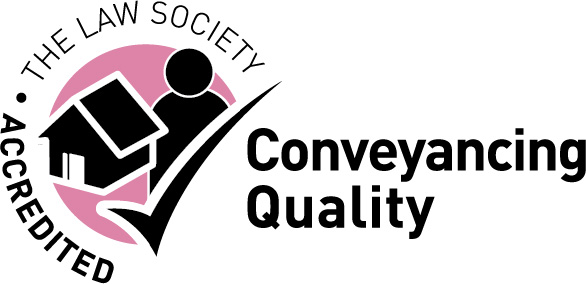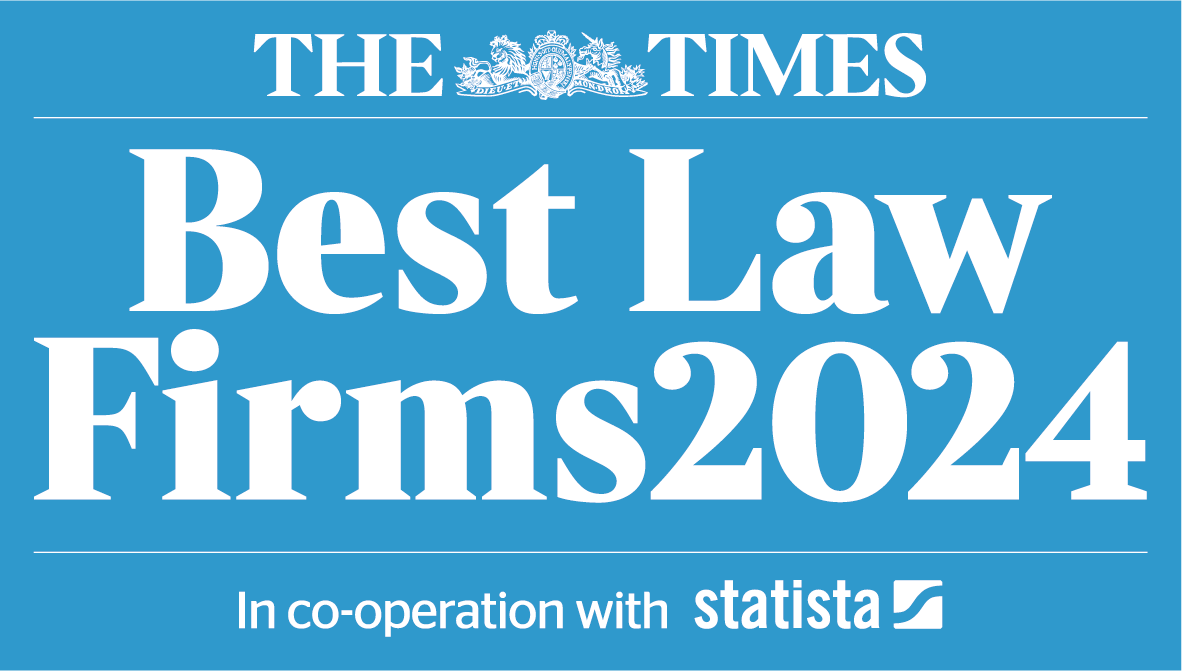Government produces draft guidance for returning to work
7 May 2020

As we approach Boris Johnson's lockdown announcement on Sunday, the government have circulated seven draft guidance documents to various employers, unions and business groups, setting out their draft advice for re-opening workplaces safely.
On 17 April 2020, Dominic Raab announced that the lockdown would be extended for a further three weeks, to be reviewed again on 7 May 2020. It appears now that Boris Johnson plans to announce this review on Sunday, with a roadmap of how the government intend to ease the country out of lockdown. At Prime Minister's Questions on 6 May 2020, he indicated that, if possible, he would like to start gradually implementing measures the day after his announcement.
As part of these arrangements, the Department for Business, Energy and Industrial Strategy (BEIS) circulated seven draft guidance documents to around 180 employers, unions and business groups on 3 May 2020. The documents contain the government's proposed advice on how various types of workplace should manage their reopening.
New guidelines
Whilst the full guidance documents are not yet publicly available, a number of news organisations have managed to obtain copies. According to various reports, guidance is split between seven key sectors, and contains some of the following measures:
Hotels and Restaurants: closing bar areas, serving takeaway only, restricting access to kitchens and walk-in pantries/fridges, minimising contact between employees, putting teams into shifts, using contactless payments and restricting room occupancy.
Those working in other people's homes: asking homeowners to leave all internal doors open, identifying busy areas of the house, ensuring workers bringing their own food and drink, keeping workers in fixed teams to prevent cross contamination and making efforts to ensure workers do not make direct contact when exchanging objects and tools.
Factories: restricting staff allowed on-site to essential workers only, servicing and adjusting ventilation systems and ensuring there are cleaning procedures for equipment, tools and vehicles.
Outdoor workers: using screens to separate workers, keeping set teams of workers to avoid cross contamination, avoiding face-to-face work.
Those working in vehicles: reducing job and location rotation, reducing the numbers of people involved in driving/refuelling/loading/unloading, regular cleaning of vehicles and using electronic paperwork.
Shops: calculating the number of customers that can enter a shop whilst maintaining a 2-metre distance from other customers/staff, using outside premises for queuing and providing clear guidance to customers on arrival.
Offices: ensuring those that can work from home do, planning for the minimum number of people needed on the premises, monitoring the wellbeing of employees working from home, reviewing office layouts, installing physical screens, using floor tape to signpost 2-metre intervals, and avoiding the use of hot desks.
The draft guidelines have come in for heavy criticism by the Trades Union Congress (TUC). The TUC state that the wording of the guidelines is discretionary, so that the guidance asks employers to 'consider' implementing policies rather than ordering them to do so. This has led to concerns that unscrupulous employers may take advantage of the discretionary language and do as little as possible. A study by the TUC recently revealed that 39% of employees believed they would not be able to socially distance from colleagues on their return to work, and another study has shown that the average space per workstation has decreased over the past decade. These anxieties may lead to cases of employees refusing to return to work when the lockdown is eased.
Furthermore, much of the guidance is not new, some of it having been introduced before the lockdown was announced. There are therefore concerns that these measures failed to prevent the spread of COVID-19 before the lockdown, so they will be of limited effect now.
Vulnerable and extremely vulnerable workers
Under the draft guidance, extremely vulnerable workers, who are currently being told to shield, will be banned from all except home working.
Vulnerable people, including pregnant workers, those over 70, and those with certain underlying health conditions, will have to be helped to work from home. If this is not possible, the draft guidance suggests that they be placed in the 'safest possible roles'. However, there is no advice yet on how this guidance will interact with the legal position that any variation to a worker's role, hours or pay cannot be imposed unilaterally. We will wait to see whether the final government guidance deals with this.
Personal Protective Equipment (PPE)
According to those who have seen guidance notes, all seven documents contain a section on PPE which merely states 'guidance to follow'. This has likely been included whilst the government assess their position on PPE, in light of the uncertainty over availability, as well as the need to ensure that the healthcare sector receives as much PPE as it needs.
We hope that the final version of the guidance documents will clarify the position in regards to PPE across various workplaces, including who will bear the costs of PPE where it is mandatory, and whether some sectors will take priority over others.
Risk Assessment
The draft guidance documents are also reported to include an obligation on employers to carry out a risk assessment specifically targeted at COVID-19. This is to apply to all employers with over five employees, in addition to their existing obligation under the Management of Health and Safety at Work Regulations 1999 to carry out a general health and safety risk assessment.
This is likely to present a significant administrative and financial burden on small employers, who may choose to remain closed for longer to avoid the burden.
We await further clarification on the formalities for the risk assessment.
Further areas requiring clarification
Until we see the final guidance documents, we do not know how many of the criticisms above will be addressed. However, for now, we await clarification on the following:
- The mandatory/discretionary status of the guidance.
- Any enforcement mechanisms to ensure compliance.
- Formalities of risk assessments and whether they need to be published.
- How to deal with workers without childcare who are being asked to return.
- How to deal with workers living with vulnerable or extremely vulnerable people.
- How the guidance might interact with the Coronavirus Job Retention Scheme.
For further information and advice please contact the Employment Team or your usual Wilsons contact.
We will shortly announce the date of our next free webinar, where you will have the opportunity to ask members of our Employment Team questions about the government's post-lockdown arrangements.
This update is of a general nature and is not a substitute for professional advice. No responsibility can be accepted for the consequences of any action taken or refrained from as a result of what is said.



